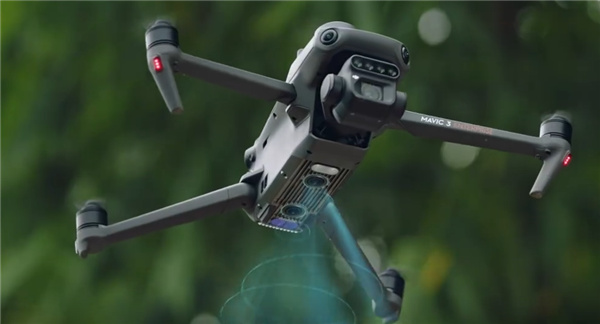In recent years, the advent of swarm drones has significantly revolutionized military operations and strategies. Swarm drones, essentially a group of drones that operate together, have paved the way for unprecedented advancements in warfare technology. By integrating multiple unmanned aerial vehicles (UAVs) into a coordinated system, military forces can achieve higher efficiency and effectiveness in both offensive and defensive maneuvers.
The Rise of Autonomous Drone Systems
Swarm drones leverage sophisticated algorithms that allow them to communicate and collaborate with each other autonomously. This technological innovation has opened up new possibilities for engaging targets that were previously difficult to reach with traditional methods. The ability to rapidly change tactics based on real-time data, adapt to various environments, and cover a larger area with minimal risk to human life has made swarm drones an invaluable asset in modern warfare.
Strategic Advantages
One of the primary advantages of swarm drones is their ability to magnify operational capabilities. Unlike individual drones, swarms can perform collective tasks, reducing the likelihood of mission failure due to any single drone malfunctioning. They offer enhanced flexibility by continuously altering formation and tactics according to situational demands. Cost-effectiveness is another crucial factor, as they require fewer resources while maintaining high efficiency.
Challenges and Ethical Considerations
The deployment of swarm drones also poses certain challenges and ethical dilemmas. Concerns include the potential for swarms to malfunction, resulting in unintended collateral damage or loss. Furthermore, ethical questions surrounding the use of autonomous weapons systems in warfare are still unresolved. The debate continues over how much control humans should have over these systems and the implications of reducing human involvement in life-and-death decisions.
- The potential for unauthorized access to drone technology, leading to security breaches.
- Issues surrounding maintenance and technological reliability.
Future Prospects
The prospects of swarm drones in military strategy continue to expand as technology evolves. Enhanced AI capabilities promise smarter swarms that can perform increasingly complex missions, such as search and rescue operations or providing critical intelligence data. Future innovations may lead to integrating swarm drones in civilian sectors, offering benefits beyond defense.
FAQs on Swarm Drones

Q: How do swarm drones communicate?
Swarm drones use advanced wireless communication systems to share information rapidly among units, which allows them to execute coordinated maneuvers.
Q: Are swarm drones limited to aerial operations?
No, swarm technology is being researched for ground and maritime applications as well, potentially offering a wide range of operational uses.
Q: Can swarm drones autonomously make decisions?
While swarm drones have autonomous capabilities, human supervision is typically required to guide their overall missions and ensure ethical compliance.